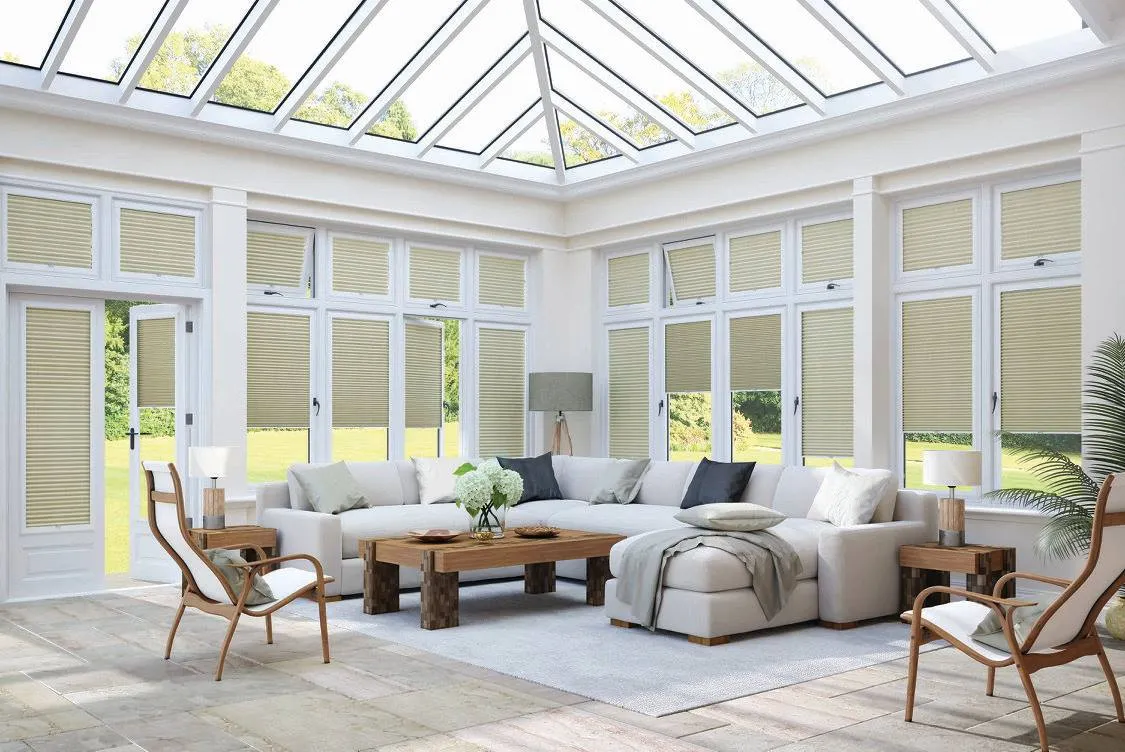Blind cords, while often overlooked, can pose serious safety risks especially to young children and vulnerable individuals. In the UK, there have been tragic incidents involving children becoming entangled in loose cords, which has led to increased public awareness and stricter regulations.
Understanding the safety standards around blind cords isn’t just good practise; it’s essential for safeguarding lives. Whether you’re a homeowner, landlord, or installer, it’s your responsibility to follow the latest safety guidelines and ensure that your blinds meet current British safety regulations.
Understand UK Regulations on Blind Cord Safety
Before fitting any blinds, you should be aware of the relevant British safety standards and legal requirements.
- The BS EN 13120 standard sets out performance and safety guidelines for all internal window blinds.
- Since 2014, all blinds sold in the UK must comply with EU child safety requirements, which remain in place post-Brexit.
- All new blinds must either be cordless or have built-in safety mechanisms to limit risk.
- Professional installers are legally required to follow safety standards and ensure compliant installation.
- If you’re buying custom blinds or replacing old ones, make sure the supplier provides compliant safety features as standard.
These regulations help prevent accidental strangulation, particularly in homes with children under five.
Use Approved Safety Devices
Even with new blinds, additional safety devices can help minimise risk. These small fittings can make a big difference in reducing hazards.
- Install cord cleats to wrap excess cord out of children’s reach.
- Use cord tensioners to keep looped cords taut and secure against the wall or window frame.
- Fit breakaway devices that automatically snap open if pressure is applied to a loop.
- Check that all devices used are tested and approved under BS EN standards.
- Avoid makeshift fixes—properly designed safety devices are more reliable and effective.
Adding these fittings is particularly important in households with babies, toddlers, or pets.
Position Blinds and Furniture Thoughtfully
Where and how you install blinds and the furniture around them can significantly affect safety.
- Position cots, beds, highchairs, and sofas away from windows with cords.
- Ensure that no climbable furniture allows a child to access the cords.
- Choose cordless blinds or wand-operated options in children’s rooms or nurseries.
- In rooms with corded blinds, make sure cords are not dangling or reachable.
- Keep all cords tied up at least 1.5 metres above floor level to comply with guidance.
This practical planning can help reduce the risk of accidents happening in the first place.
Conduct Regular Safety Checks
Maintaining safety is not a one-time task. Once blinds are installed, regular checks will ensure that safety standards continue to be met.
- Inspect cords, cleats, and breakaway devices at least once a month.
- Replace worn, loose, or damaged parts immediately.
- Ensure cords are always secured and out of reach, especially after cleaning or moving furniture.
- Test breakaway systems to ensure they function properly under tension.
- Encourage all household members and caregivers to stay informed about blind safety.
Proactive maintenance ensures long-term safety and gives you peace of mind.
Educate Others and Be a Safety Advocate
If you’re a landlord, installer, or simply care about home safety, educating others can make a real difference.
- Inform tenants or buyers about the blind cord safety features in their property.
- Provide written instructions or links to safety guidance for tenants with small children.
- Make sure contractors or fitters follow industry best practises during installation.
- Raise awareness among friends and family who may not realise the risks.
- Choose suppliers and retailers who promote compliant and child-safe designs.
Promoting awareness helps reduce avoidable accidents and strengthens community safety as a whole.
Blind cords might seem harmless, but without proper safety measures, they can lead to life-threatening situations—especially for children. Thankfully, with UK regulations in place and widely available safety devices, it’s easier than ever to make window coverings both functional and safe.
By staying informed, installing responsibly, and regularly checking for potential risks, you help create a safer living environment for everyone in your home.
Whether you’re updating old blinds or installing new ones, always follow current safety standards. If in doubt, consult a professional or seek products certified under the BS EN 13120 standard. Safety starts with awareness and the simple steps you take today could prevent a tragedy tomorrow.

